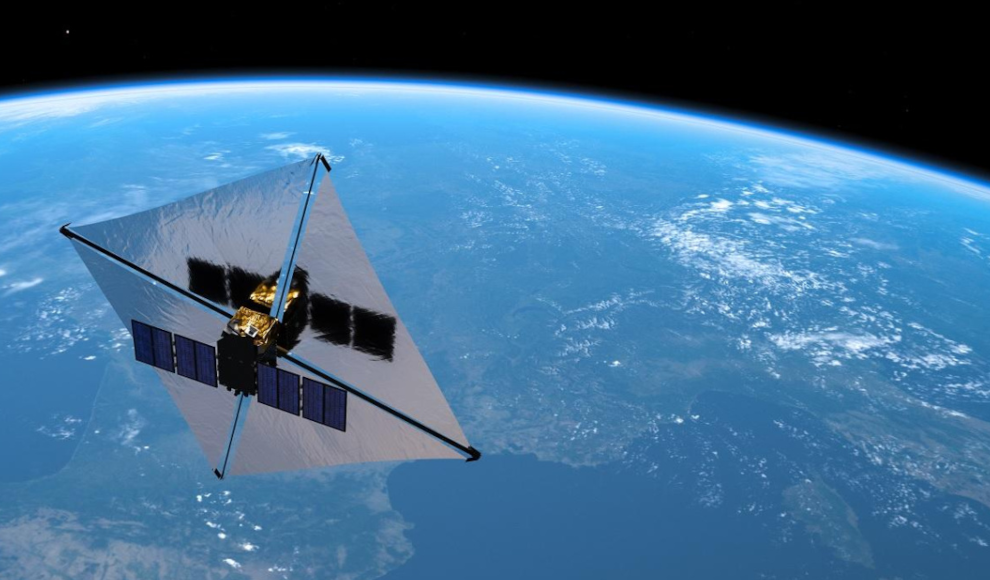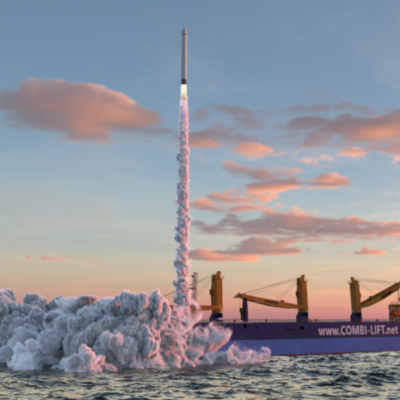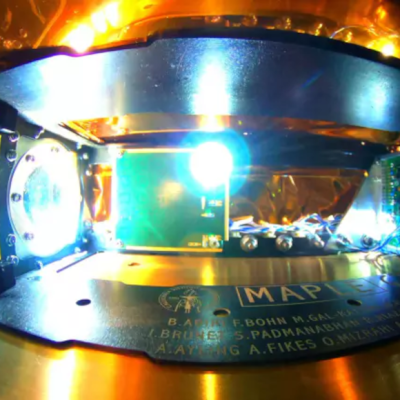A new technology has been developed that can help prevent space debris by slowing down satellites and causing them to burn up faster in the Earth’s atmosphere. The braking system, called ADEO, recently completed its first orbital test successfully. With the increasing number of rocket launches and satellites in orbit, space debris has become a growing concern, increasing the risk of collisions in space. Various organizations are now looking for ways to prevent and remove space junk. The German Aerospace Center (DLR) has partnered with HPS to develop ADEO, an autonomous braking sail that can be carried by new satellites.
When a satellite reaches the end of its useful life after about 20 to 25 years, it can deploy the lightweight sail, which increases its resistance. The thin residual atmosphere in its orbit slows down the satellite, causing it to sink into denser atmospheric layers and then quickly burn up. A prototype of the braking sail was recently tested in space in collaboration with the Italian service provider D-Orbit. The sail, which weighs about 800 grams and has a surface area of about 3.6 square meters when unfolded, takes up only ten cubic centimeters of space in the satellite. Before the first orbital test of the braking system, scientists at the DLR Institute for Space Systems in Bremen conducted vibration, shock, and thermal vacuum tests on the sail to prepare and optimize it for use.
The biggest advantage of the system is that it is relatively resource-efficient and simple. Additionally, the De-Orbit sail can increase the operating time of satellites because they no longer need fuel reserves for their de-orbit maneuver. The deployment of the sail and the resulting descent is completely passive and requires no fuel. Several DLR institutes are currently working with HPS to improve the sail, including reducing light reflection to prevent light pollution and increasing the sail’s surface area to 25 square meters to allow for the braking of larger satellites. Tests with the new system are scheduled for mid-2023.










